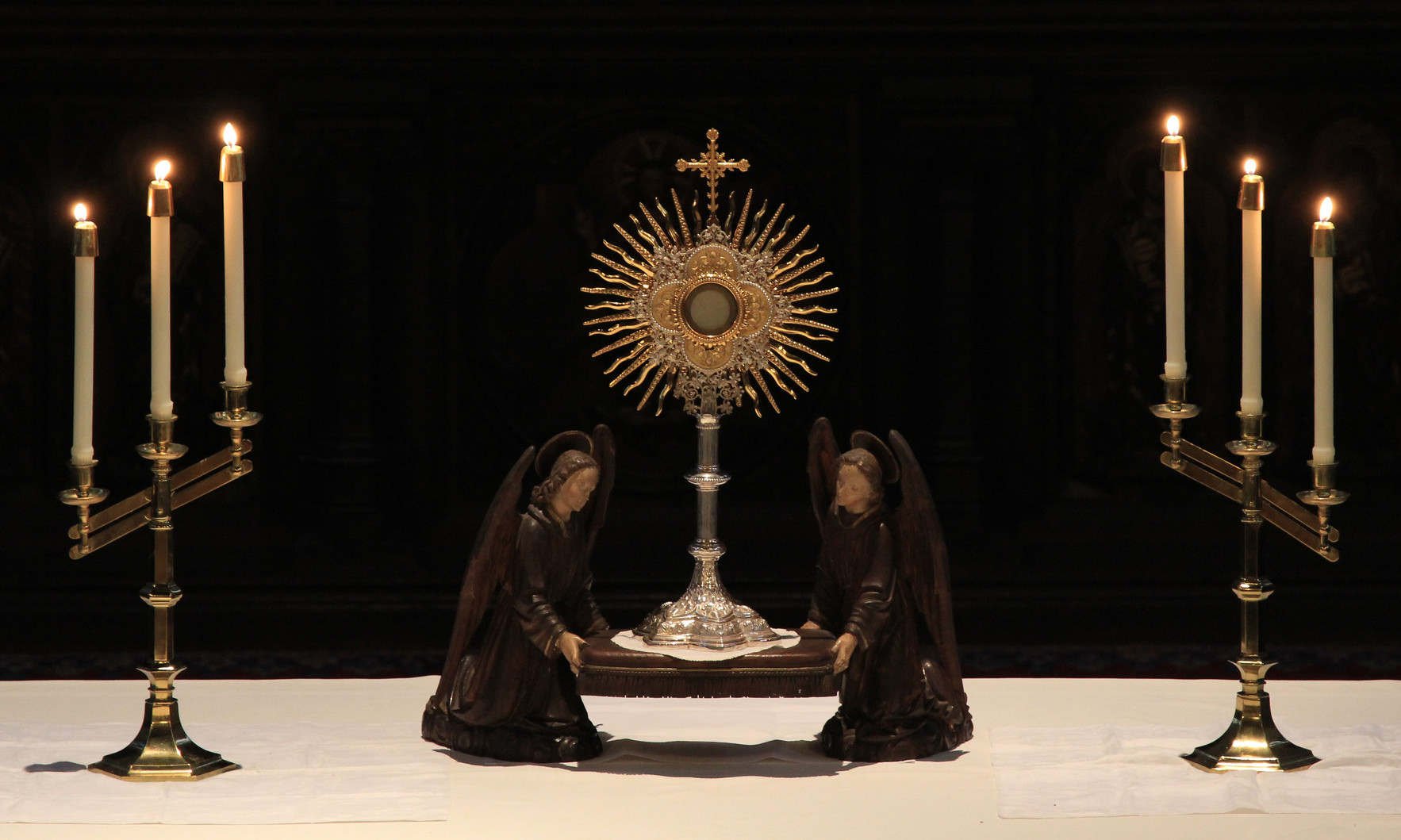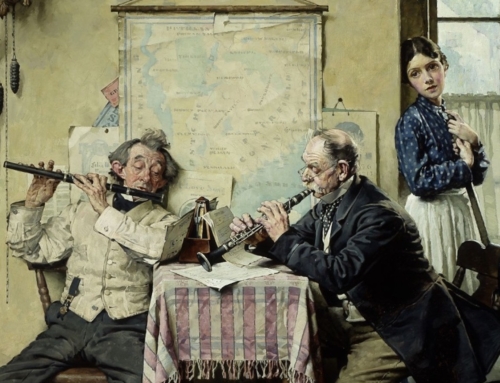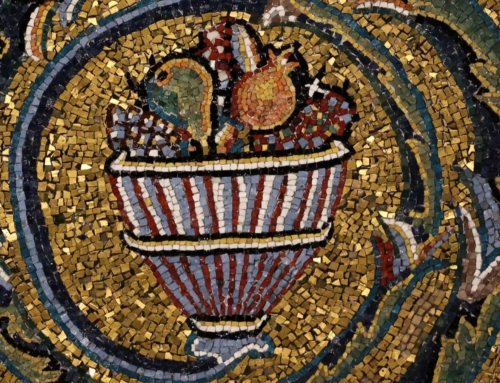Sight is often used as an analogy for understanding, and Scripture takes up this language especially to speak of our knowledge of God: think of Moses, for example. What we see can penetrate us deeply and change or illuminate who we are. The notion of the eyes as a window on the soul picks up on this link among vision, knowing, and identity.
The United States Bishops, in their recent pastoral letter Create in Me a Clean Heart, teach us about a darker side of our vision of the world when they use the language of a “pornographic gaze.” Such a gaze begins as a gaze which takes in pornography—in any of its numerous forms—and passes beyond possibly unintentional looking to conscious seeing and absorbing. This act, the bishops teach, is evil. These images are frequently produced by persons who have been effectively enslaved by the pornography industry, and even when this is not the case, pornography turns God’s beloved children into objects out of which others can scrape bits of pleasure.
No one can do evil only to others, however. The bishops warn that a gaze which takes in pornography will become deeply internalized: one’s very own gaze becomes a “pornographic gaze” all the time. Such a gaze twists the world until everyone and everything in it revolves around one’s own desire for pleasure. No longer surrounded by people but by imaginary slaves, a person with a pornographic gaze can be led into deeper and deeper evil in search of further pleasure. And this search will never end, for the promised pleasure is a lie. The pornographic gaze gradually paints over the real world and replaces reality with one’s own pleasures until one is entirely trapped within one’s own head. But if we could satisfy our pleasures within our own minds, no one would turn to pornography in the first place.
Can this trap ever be escaped? How can a person so cut off from the world ever find sure ground on which to return to reality? The details of this journey must be particular to each person and thus beyond the scope of any general summary such as this. However, each journey must have a shared point: we all must place our gaze somewhere. Even closing our eyes fails to halt visual memories, and our gaze extends beyond the sense of sight into our whole experience of thought and memory. We cannot choose simply to shut all of this off. Instead, we must undertake the slow process of teaching our gaze where to look. While there are certainly good practical steps to take towards this gradual purification of our gaze, the bishops teach in their letter that this purification must ultimately rely on help that only God can give.
For it is on Him that our gaze must always be fixed. No matter how deeply our gaze has withdrawn into ourselves, even when it seems that the beauty of the world is completely lost to us, there in the depths of ourselves we can find and gaze upon the God Who loves us, for so long as we exist, it is His very love that sustains us in being. He will not force Himself on us, and He might not make the route to freedom immediately clear nor lessen the pain of the journey. But as soon as our gaze rests on Him, we see Someone real, not of our own making, Someone with the power and love to restore to our eyes the light of freedom.
✠
Image: Lawrence Lew, O.P., Reparation







